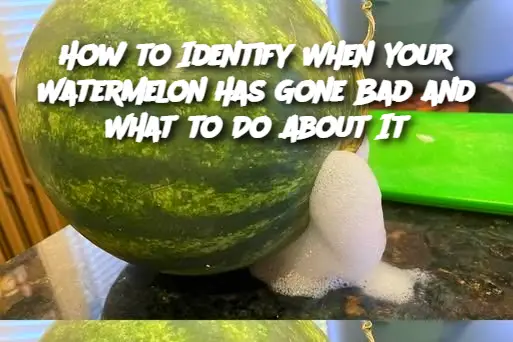ADVERTISEMENT
Grilled Watermelon: If you're looking for something different, try grilling thick slices of watermelon. This brings out a smoky sweetness that pairs wonderfully with savory seasonings like feta cheese or balsamic glaze.
Watermelon Salad: Combine diced watermelon with cucumber, feta cheese, and a drizzle of olive oil and lemon juice for a refreshing summer salad.
Watermelon Smoothie: Blend watermelon chunks with a few ice cubes and a squeeze of lime juice for a hydrating smoothie.
Frequently Asked Questions:
How do I know if a whole watermelon is ripe? A ripe watermelon should have a uniform color, a dull skin, and a deep sound when you tap it. Additionally, the bottom should have a light yellow patch, which indicates it’s ready to eat.
Can I freeze watermelon to extend its shelf life? Yes! Watermelon can be frozen, but the texture may change once thawed. It’s best used in smoothies or as frozen cubes to add to drinks.
Why does my watermelon taste sour? If your watermelon tastes sour, it could be overripe or beginning to ferment. Always ensure you check for the signs listed above before consuming.
Is it safe to eat watermelon if there’s a slight crack in the skin? Small cracks in the watermelon’s skin aren’t necessarily dangerous, but they can introduce bacteria or mold. Check the inside for any soft spots, mold, or unusual odors before eating.
By being aware of these telltale signs of spoilage, you can avoid consuming bad watermelon and keep your fruit fresh for longer.
ADVERTISEMENT
